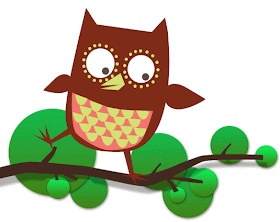This morning has been different! 6th grade students have visited the Medicine School of Valladolid. They have learnt many interesting things about what doctors normally research and how they carry out their experiments with rats, mice, worms and bacteria. After the laboratories, we went to the anatomy museum to see a huge variety of human and animal models, tools, bones and many cool stuff that we have studied before.
We really appreciate the time some teachers and doctors have spent on us. Thanks so much!
Here you can enjoy our experience with some photos:













































